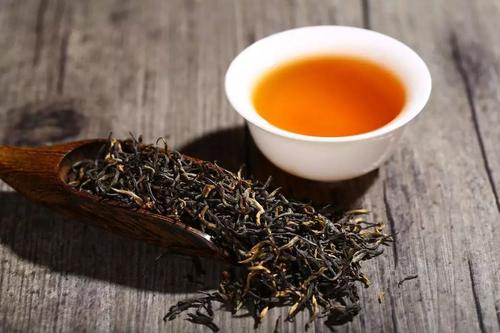Oolong tea, a partially fermented tea, is one of traditional Chinese teas. It is a tea of excellent quality made through the processes of plucking, withering, tossing, stir fixation, rolling, and baking. As early as in 1725, oolong tea was produced in Anxi County, Quanzhou City, Fujian Province, China. Oolong tea has significant health effects, such as weight loss and bodybuilding. It is named as “beauty tea” and “bodybuilding tea” by Japanese. As a Chinese specialty, oolong tea is mainly produced in northern Fujian, southern Fujian, Guangdong, and Taiwan. In addition to domestic sales in Guangdong, Fujian and other provinces, China exports oolong tea to Japan, Southeast Asia, Hong Kong and Macao.
1. Oolong Tea in Northern Fujian: Dahongpao, Wuyi Rock Tea, Shuixian, Rougui, etc.
2. Oolong Tea in Southern Fujian: Tieguanyin, Yongchun Foshou, Baiya Qilan, etc.
3. Oolong Tea in Guangdong: Phoenix Dancong, Phoenix Shuixian, etc.
4. Oolong Tea in Taiwan: Dongding Oolong, Baozhong, Oriental Beauty, etc.

Both Tieguanyin and Dahongpao are oolong tea, which is partially fermented and something between green tea and black tea. But they still have obvious differences in many aspects.
Tieguanyin is mainly produced in Anxi County, Quanzhou City, Fujian Province, China.
Dahongpao is mainly produced in Wuyi Mountains, Fujian Province, China.
Tieguanyin has a glossy appearance, with granulated green color, red spots and white frost.
Dahongpao has thick and bold, glossy, evenly shaped strips.

The color of Tieguanyin liquid varies based on the degree of fermentation, and changes from light green to yellow green to golden yellow. The color of Dahongpao liquid is orange-red or orange-yellow.
Smelled like orchids, Tieguanyin has a floral aroma.
Dahongpao has a sweet, woodsy and fruity muscatel aroma.
Tieguanyin has a rich, floral and sweet taste.
Dahongpao has a mellow and thick taste.
Oolong tea is rich in organic chemical ingredients and inorganic mineral elements, which contain many nutritional and medicinal ingredients.
1. It helps prevent the growth of breast cancer cells.
2. It helps middle-aged and elderly people to maintain hearing.
3. It has a weight loss effect because the tannic acid is effective for fat metabolism.
4. It helps you to reduce blood viscosity and increase blood flow.
5. It helps maintain high levels of vitamin C in blood, which has an anti-aging effect.
1. Do not drink oolong tea on an empty stomach, or you will feel hungry and dizzy.
2. Do not drink oolong tea before going to bed, or you will have difficulty falling asleep.
3. Do not drink cold oolong tea, because it is bad for your stomach.
